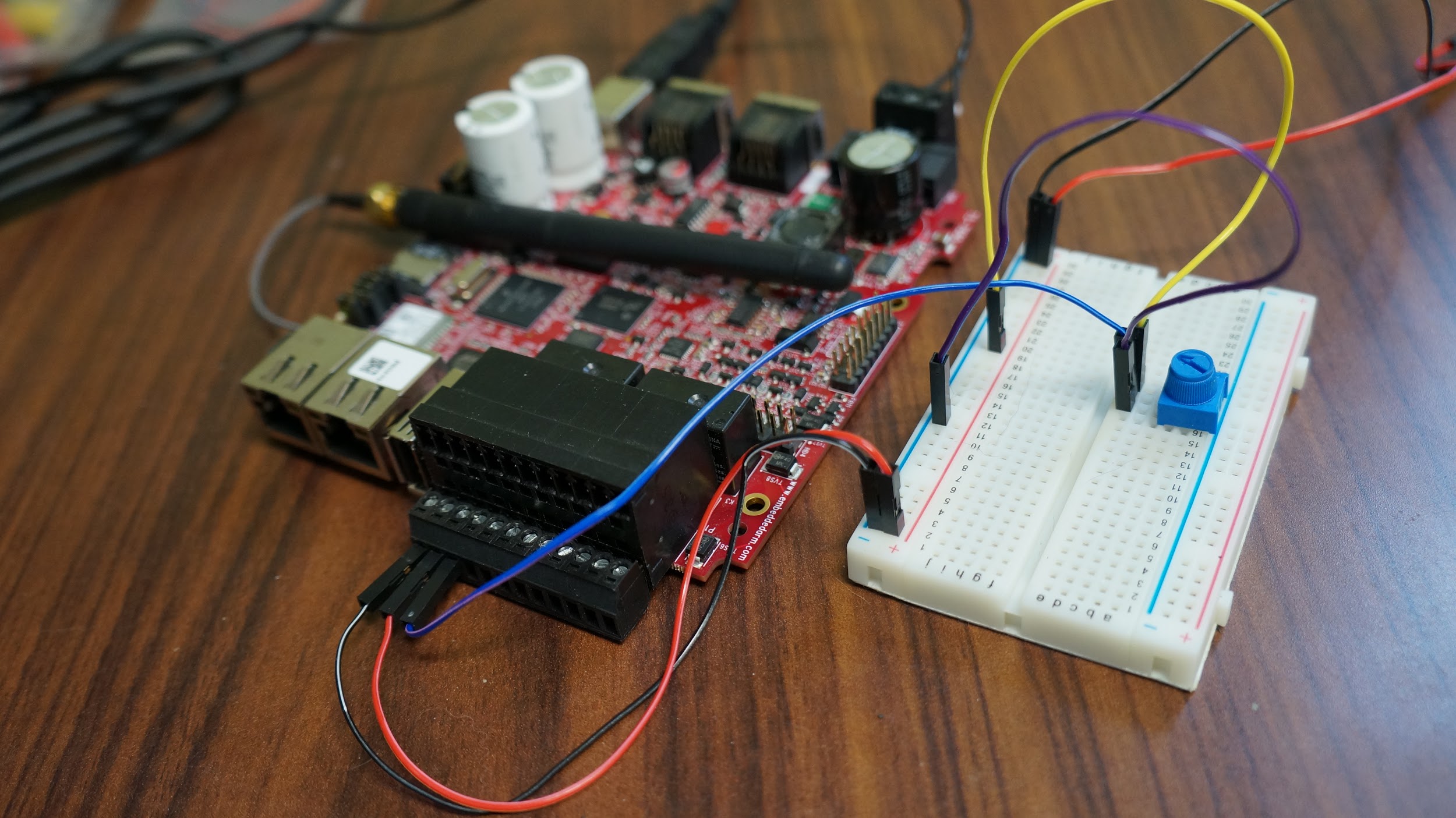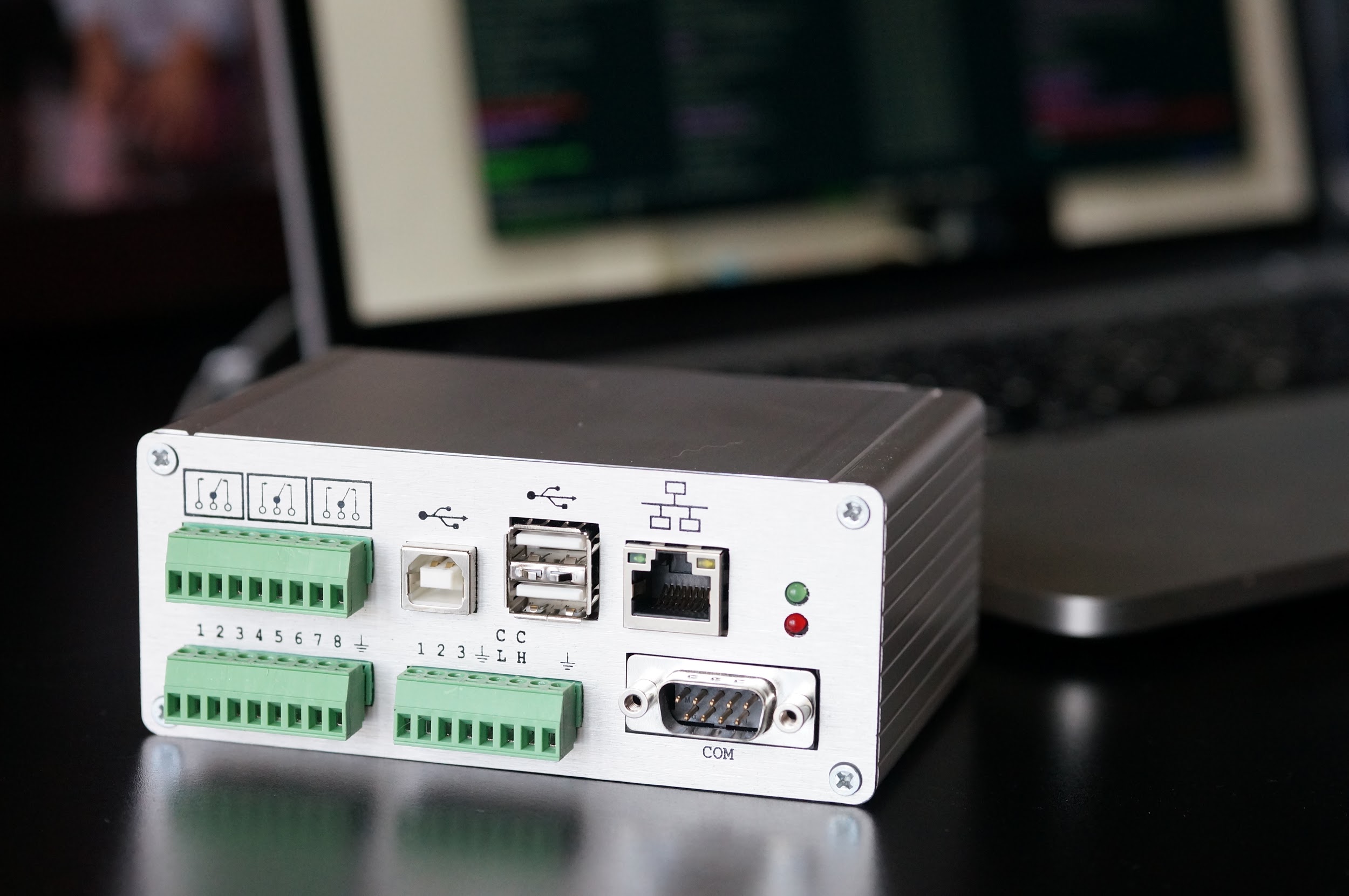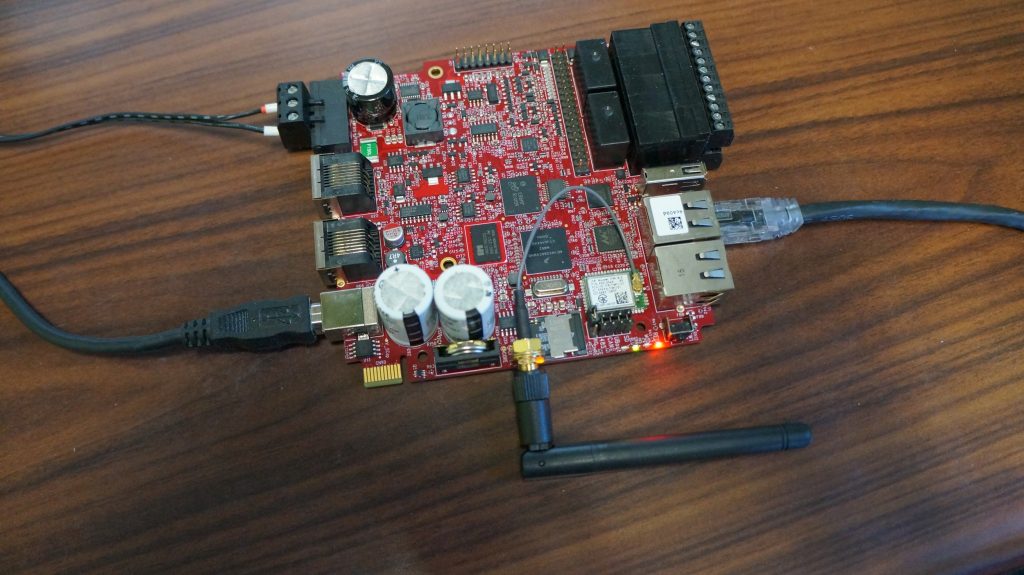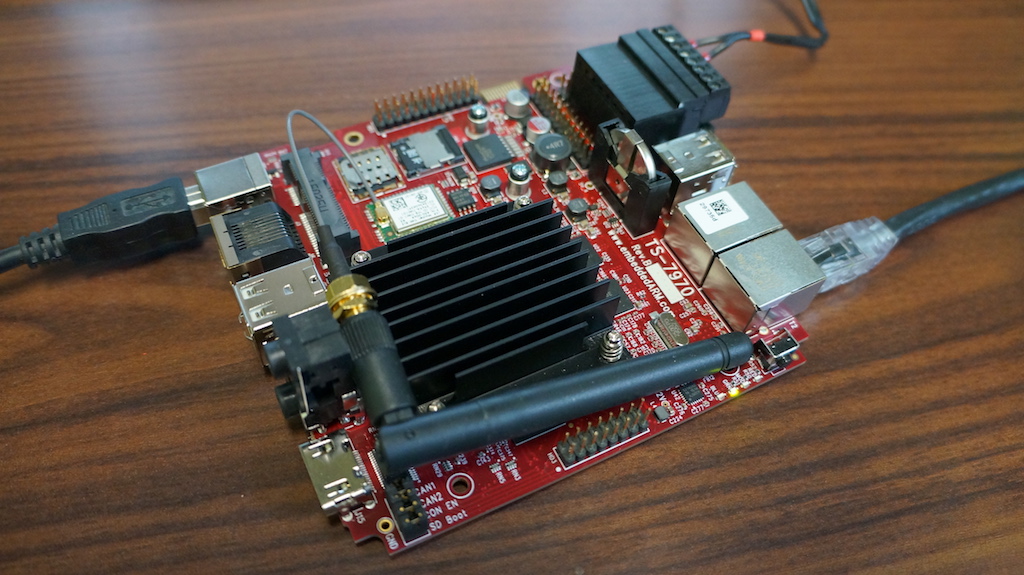This practical guide gives us an opportunity to take a relaxed approach to getting started with the TS-7553-V2 single board computer. We’re going to take a look at how to make our first connections, and setup the network. These are usually the first things we do before starting development. In the grand scheme of things, this is just a friendlier extrapolation from the official TS-7553-V2 manual, so be sure to keep it handy for more advanced topics and specific details. The only assumption being made is that you’ve purchased the TS-7553-V2 with a development kit, including the pre-programmed microSD card and enclosure with 128×64 px LCD and 4 button keypad. Right then, let’s get started!
By the way… there’s also a video tutorial on getting started as well! See it here:
https://www.youtube.com/watch?v=E_0qanH3vTA Home
Continue reading “Practical Guide to Getting Started With the TS-7553-V2”









